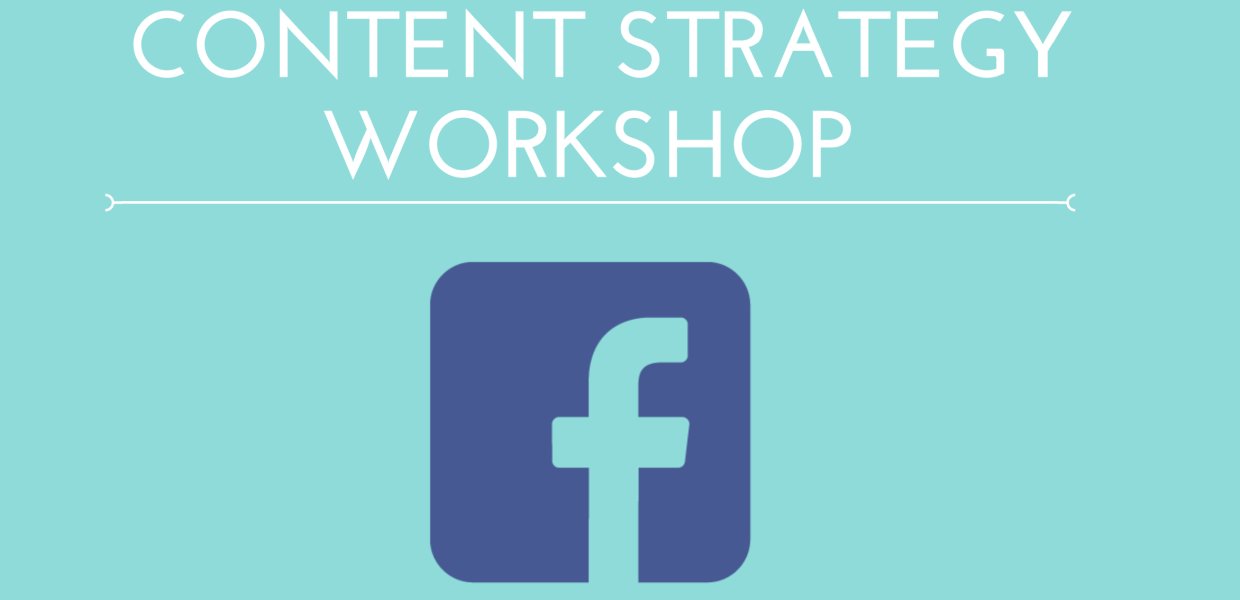Last Thursday, I attended a workshop held by Facebook about content strategy. I didn’t know there was a group of people working on every single wording in content as their job. I usually took the wording on digital social media as granted, thinking that people just intuitively come up with the wording. In fact, every single word choice is deliberately designed at Facebook, such as “What’s on your mind?” and the birthday post. On Thursday’s workshop, content strategists from Facebook led us through the process of designing a message on digital social media.
According to Laura, a content strategist at Facebook, they work very closely with product designers, product manager, UX researchers, engineers and data analytics. Their job is to give Facebook a voice and a tone in order to make it sounds more human.
In order to design a message on social media, it is important to know what their target audiences are. After figuring that out, content strategists design the message based on background of their audiences. Finally they test the content to see how it works.
While studying the audiences, there are a bunch of questions to ask:
Who are the audiences? What problem is this message solving? What is the core message? Where to place the message? What is the timing of the message? What is the tone of the message?
I took several advertising class and those questions really connect me with the account planning process when designing an advertisement.
When designing the message, they need to plot across a user journey, which is to imagine the feelings of a user when he/she sees the message. Laura shared with us that when Facebook designed the “break-up” function in order to let the user not see someone’s updates or block someone from seeing his/her updates, they took a long time to decide which word to use for this function. Finally they chose to use “take a break” so that people don’t need to see the sensitive phrase “break-up” which might make them upset.
After all, they will do focus group, survey or A/B test to test the message.
During the workshop, content strategists at Facebook instructed us to create messages according to four quadrants: generic, social, contextual and utility. Messages created in this way can help to target at different audience groups and have a different voice.
Content strategists make digital social media closer to its users and speak like a human.

